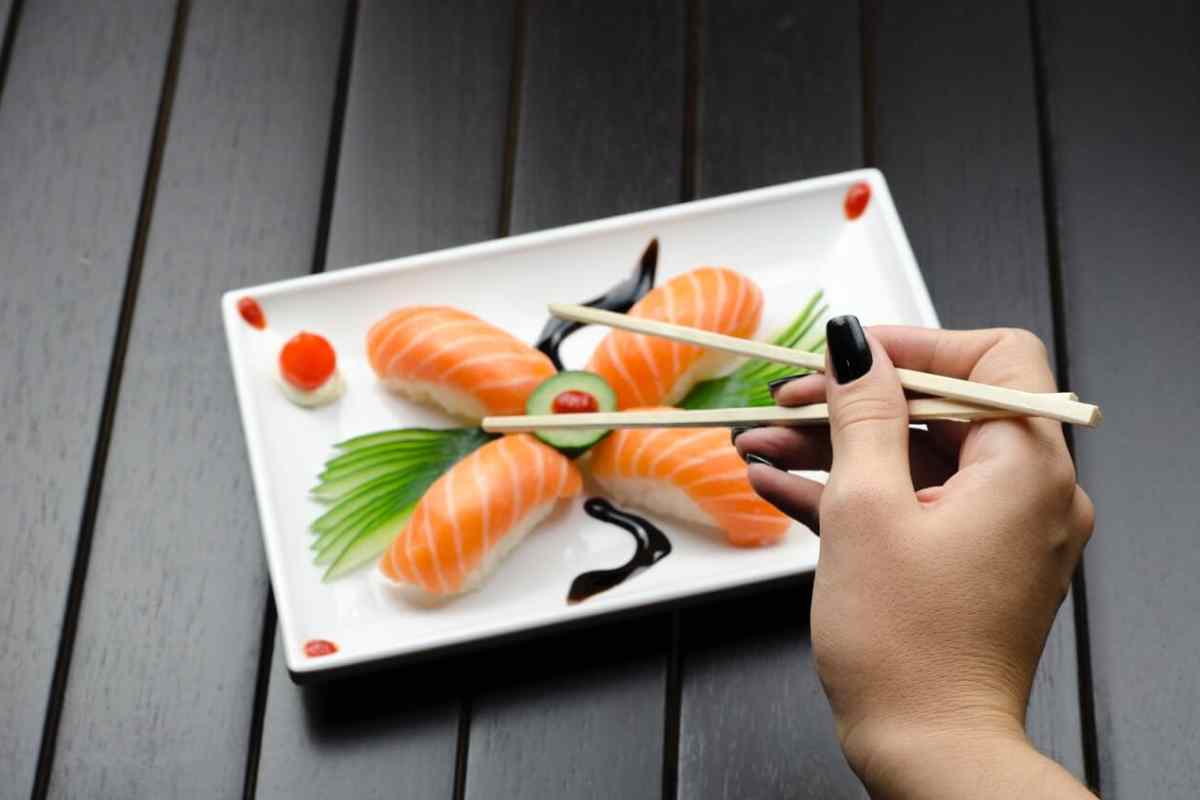


Sushi in Hawaii is a delicious blend of Japanese tradition and island flavors—but to enjoy it like a local, knowing the etiquette is key.
Hawaii is a paradise for food lovers, and its sushi scene is no exception. With a unique blend of traditional Japanese techniques and local Hawaiian flavors, sushi in Hawaii is a must-try experience. However, to fully enjoy your meal and show respect for the culture, it’s important to understand proper sushi etiquette.
Whether you’re dining at a high-end omakase restaurant or grabbing a casual poke bowl, here are some essential sushi etiquette tips for tourists in Hawaii.
1. Use Chopsticks Properly (Or Just Use Your Hands!)
While many people assume sushi must be eaten with chopsticks, it’s actually acceptable—and sometimes preferred—to eat sushi with your hands. Nigiri (slices of fish over rice) and maki (rolled sushi) can be picked up with your fingers. However, sashimi (sliced raw fish without rice) should always be eaten with chopsticks.
If you do use chopsticks:
* Never stick them upright in a bowl of rice (this resembles a funeral ritual).
* Don’t rub disposable chopsticks together (it implies they’re cheap).
* Avoid passing food from one pair of chopsticks to another (another funeral custom).
2. Dip Sushi the Right Way
When dipping sushi in soy sauce:
* Turn nigiri upside-down so the fish (not the rice) touches the soy sauce. This prevents the rice from soaking up too much liquid and falling apart.
* Don’t drown your sushi—a light dip is enough to enhance the flavor without overpowering it.
* Never mix wasabi directly into soy sauce unless it’s a casual spot where it’s common. In traditional sushi bars, the chef has already added the right amount of wasabi.
3. Eat Sushi in One Bite (If Possible)
Sushi is designed to be eaten in one bite for the perfect balance of flavors. If a piece is too large, it’s okay to take two bites, but avoid cutting it with chopsticks—this can make the rice fall apart.
4. Respect the Chef’s Craft
If you’re sitting at the sushi bar:
* Don’t ask for substitutions in high-end omakase (chef’s choice) meals—trust the chef’s expertise.
* Say “thank you” with “gochisousama deshita” (pronounced go-chee-soh-sah-mah desh-ta) after your meal, a polite Japanese phrase meaning “thank you for the feast.”
* Avoid wearing strong perfumes—sushi chefs rely on smell as much as taste, and heavy scents can interfere with the experience.
5. Try Local Hawaiian Sushi Variations
Hawaii has its own unique sushi styles, so don’t be afraid to try them:
* Poke Bowls – While not traditional sushi, poke (cubed raw fish with seasonings) is a must-try Hawaiian dish.
* Spam Musubi – A local favorite featuring grilled Spam on sushi rice, wrapped in nori.
* Hawaiian Roll Sushi – Often includes tropical ingredients like mango, pineapple, or macadamia nuts.
6. Tipping in Hawaii
Unlike in Japan, where tipping isn’t customary, tipping in Hawaii is expected. A standard 15-20% tip is appropriate for good service at sushi restaurants.
7. Know When to Use Ginger and Wasabi
* Pickled ginger (gari) is meant to cleanse your palate between different types of sushi, not to eat with each bite.
* Wasabi is already placed inside nigiri by the chef—adding extra is optional but should be done sparingly.
Final Thoughts
Sushi in Hawaii offers a delicious fusion of Japanese tradition and island flavors. By following these etiquette tips, you’ll not only enjoy your meal more but also show respect for the culinary culture.
